Management practices on ranches are called key to mitigating damage from large carnivores on province’s Eastern Slopes
It can be a tough balancing act to maintain wildlife populations of large predators such as bears, cougars and wolves, while also maintaining the livelihoods of ranchers along Alberta’s Eastern Slopes. For the Waterton Biosphere Reserve organization, key for producers living with predators is being able to set up ranches to mitigate interactions. But fair […] Read more Livestock Management
Livestock Management
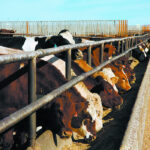
U.S. cattle imports fill void in Canada’s feeder supply
Canadian imports of live cattle are 277,290 head so far this year, 1.9 percent higher than the 272,196 brought in last year
Imports of American cattle continue to fill western Canadian feedlots and support processors at record pace. Jason Wood, Alberta’s livestock market analyst, said there has been no growth in the Canadian beef cow herd in the past several years and American cattle naturally fill the void. In 2015, only 32,172 head were exported to Canada […] Read more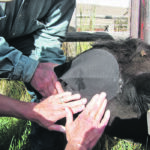
Pinkeye requires swift treatment to prevent outbreaks
Prevention can be difficult because the disease is spread by flies and vaccines usually work on only one strain
Cattle pinkeye, more scientifically known as infectious bovine keratoconjunctivitis, is an expensive illness. It costs cattle producers thousands of dollars annually due to poor weight gains in affected animals, reduced milk production, cost of drugs and labour to treat infections and lower prices at sale time for animals with eye damage or blindness. Stockmen generally […] Read more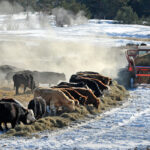
Cows and cars should not be conflated in climate change debates
With world leaders gathered for the COP26 summit in Glasgow, there is much talk of methane emissions and belching cows. The Global Methane Pledge, led by the US and EU and now with many country signatories, aims to reduce methane emissions by 30 percent by 2030. This is seen as a “quick win” to reduce […] Read more
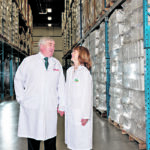
Vet lab pioneers receive high honour
Couple named to Alberta Order of Excellence established Western Canada’s only animal pharmaceutical operation
A call from Alberta lieutenant-governor Salma Lakhani came as a shock to Merle and Barbara Olson, who were recently named to the Alberta Order of Excellence. The two Alberta veterinarians were recognized for their expertise and international renown in the fields of toxicology, as well as their work on veterinary products that address animal health […] Read more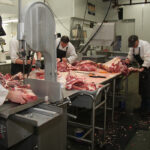
Labour shortage big problem for smaller meat processors
Labour shortages are proving difficult to overcome for small- and mid-sized meat processors on the Prairies. For Pine View Farms co-owners Melanie and Kevin Boldt, that shortage has become desperate. “There is only one pre-requisite,” said Kevin of getting a job at the Osler, Sask., specialty meat processor. “If you have a pulse.” Next door […] Read more
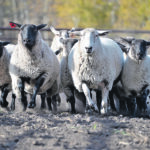
Sheep may be good match with solar panels
U.S. study finds that grazing around the panels reduced mowing costs while the panels provided shade for the animals
Can livestock grazing and solar energy production co-exist in the same pasture? It turns out it not only makes sense, but it can significantly boost productivity. A combo approach to land use was the subject of new research by scientists at Oregon State University and colleagues with the Oregon State College of Agricultural Sciences in […] Read more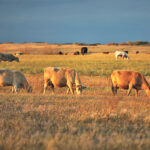
Research shows cattle losing environmental adaptations
Study underlines need for DNA test to highlight adaptations to changes in natural feed, weather patterns or humidity
As farmers and ranchers manage their cattle herds for greater health, stronger production lines, larger calves, resistance to disease or other desirable traits, recent research has shown that cattle are losing vital environmental genetic adaptations that could counteract some of those improved health goals. It is a worrisome trend that Jared Decker, associate professor at […] Read more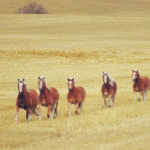
New study explores West Nile cases in Canadian horses
A 2021 study by Antoine Levasseur and colleagues published in the Canadian Veterinary Journal analyzed cases of West Nile virus infection in horses across the country. The study included cases starting in 2003 when the disease was designated as an immediately notifiable disease. From 2003-19 there were 842 cases of this disease in horses reported […] Read more
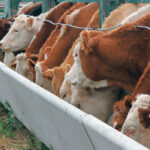
CME cattle futures rise on support from fewer cattle placements
CHICAGO, Oct 25 (Reuters) – Chicago Mercantile Exchange cattle futures rose on Monday, as the market continued to be bolstered by a government report showing fewer cattle placements than expected, traders said. The USDA’s monthly cattle on feed report, released after the market close on Friday, showed September cattle placements at 97 percent year-over-year, beneath […] Read more

 Livestock Management
Livestock Management


